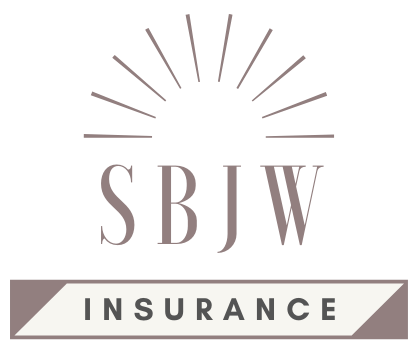Understanding Flood Damage and Insurance: What Homeowners Need to Know

Flooding is one of the most common natural disasters, and it can have devastating effects on homes and properties. Whether caused by heavy rainfall, hurricanes, or overflowing rivers, floodwaters can bring extensive damage to your home, leaving you with costly repairs. However, many homeowners are unaware that flood damage is not typically covered under a standard homeowners insurance policy. This could leave you vulnerable to financial loss if your home is ever affected by a flood.
What Does Flood Damage Look Like?
Flooding can wreak havoc on nearly every part of your home. Here are some common examples of flood-related damages:
- Foundation Damage: Water can weaken your home’s foundation by causing cracks, leading to instability. In severe cases, floodwaters can shift the foundation, which can make your home unsafe to live in.
- Damage to Electrical Systems: Flooding can damage your home’s electrical system, posing a fire risk or rendering appliances and lighting inoperable. Water can corrode wiring and even short-circuit electrical panels.
- Mold Growth: Floodwaters create the perfect environment for mold to grow, particularly in damp and hard-to-reach places like walls, attics, and basements. Mold not only damages the structure but also poses serious health risks to your family.
- Ruined Flooring and Walls: Hardwood floors, carpets, and drywall are often the first to suffer during a flood. Water can cause warping, swelling, and even rot, requiring complete replacement of floors and walls.
- Destroyed Personal Belongings: Furniture, electronics, and personal items can all be lost due to flooding. Waterlogged belongings are often beyond repair, and replacing these items can be both costly and emotionally distressing.
Why Flood Damage Isn’t Covered by Homeowners Insurance
One of the biggest misconceptions about homeowners insurance is that it covers all forms of water damage, but this is not the case. While most homeowners policies cover water damage from internal sources—such as a burst pipe or an overflowing washing machine—flood damage caused by external factors like heavy rainfall or storm surge is generally excluded.
Flooding is considered a separate risk that requires its own insurance policy. The reason for this is simple: floods can affect entire regions and cause billions of dollars in damage, making them too costly for standard policies to cover.
Protecting Your Home with Flood Insurance
To ensure your home is fully protected, you can purchase a separate flood insurance policy through the National Flood Insurance Program (NFIP) or from private insurers. Flood insurance can cover the following:
- Structural Damage: This includes the home’s foundation, electrical and plumbing systems, and built-in appliances.
- Personal Property: Some flood insurance policies cover personal belongings such as clothing, electronics, and furniture, though there may be coverage limits on high-value items.
- Repairs and Rebuilding: The policy can help pay for the cost of rebuilding or repairing parts of your home that were damaged by the flood.
Conclusion
Floods can happen to anyone, and the resulting damage can be catastrophic. While your standard homeowners insurance policy won’t cover flood damage, you can safeguard your property by purchasing a separate flood insurance policy. This additional coverage could be the difference between financial recovery and facing overwhelming repair costs on your own. If you live in an area prone to flooding or are simply looking to protect your investment, flood insurance is a smart choice for any homeowner.
